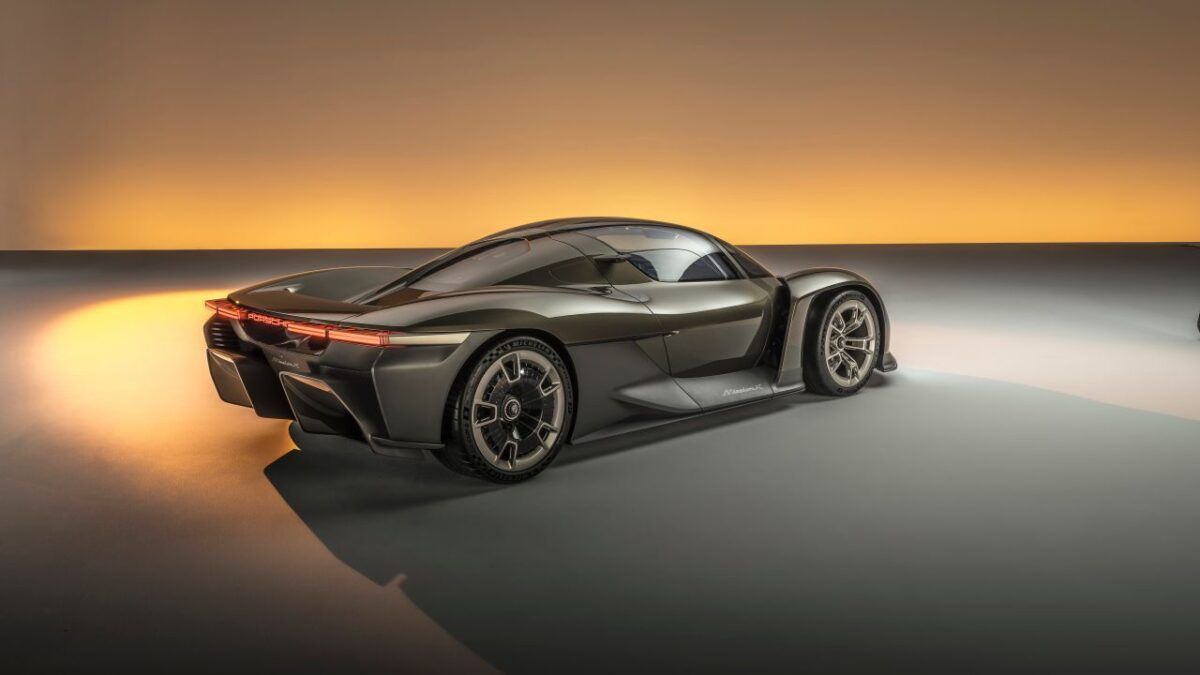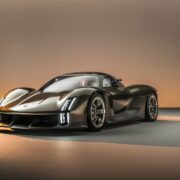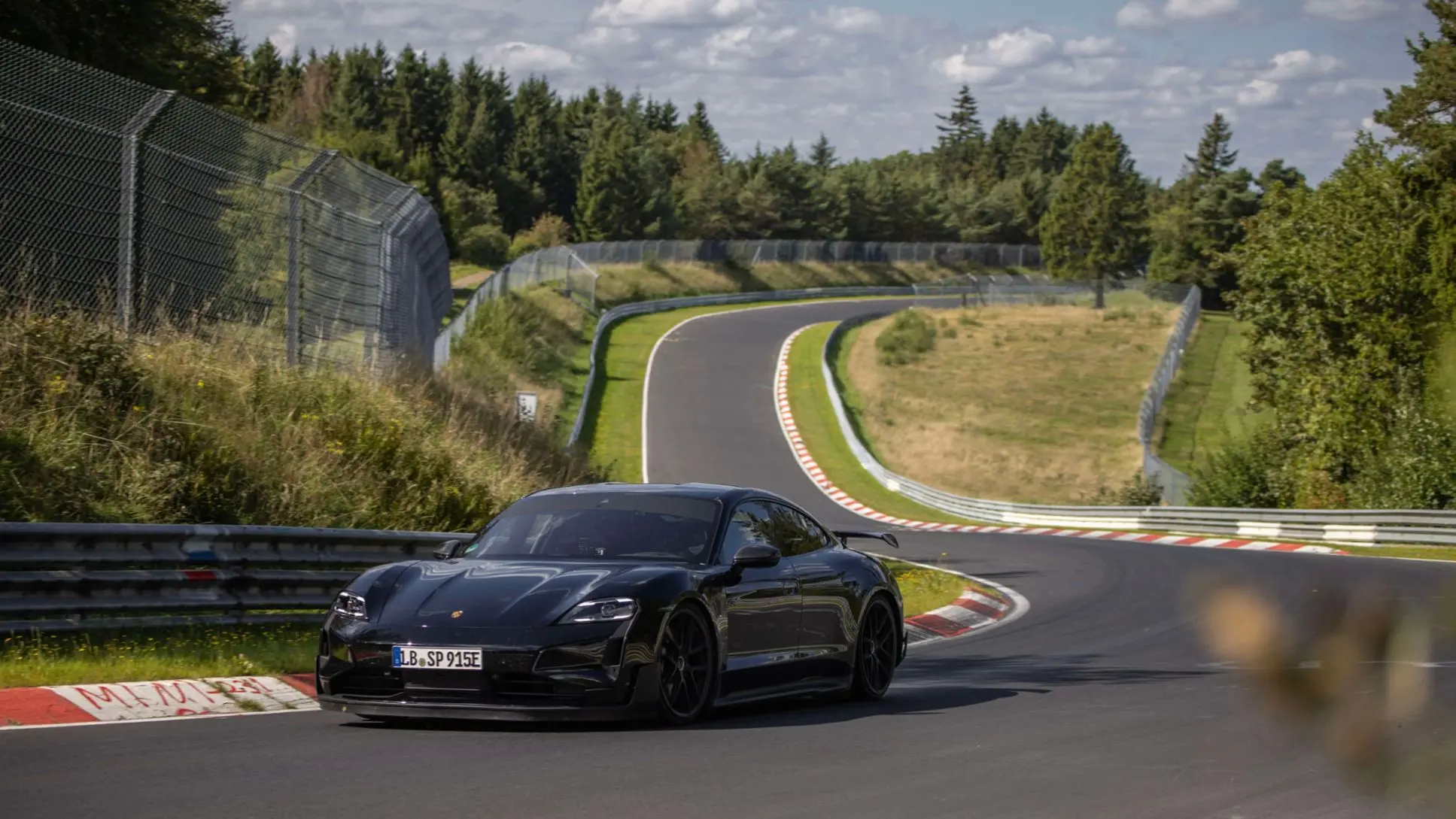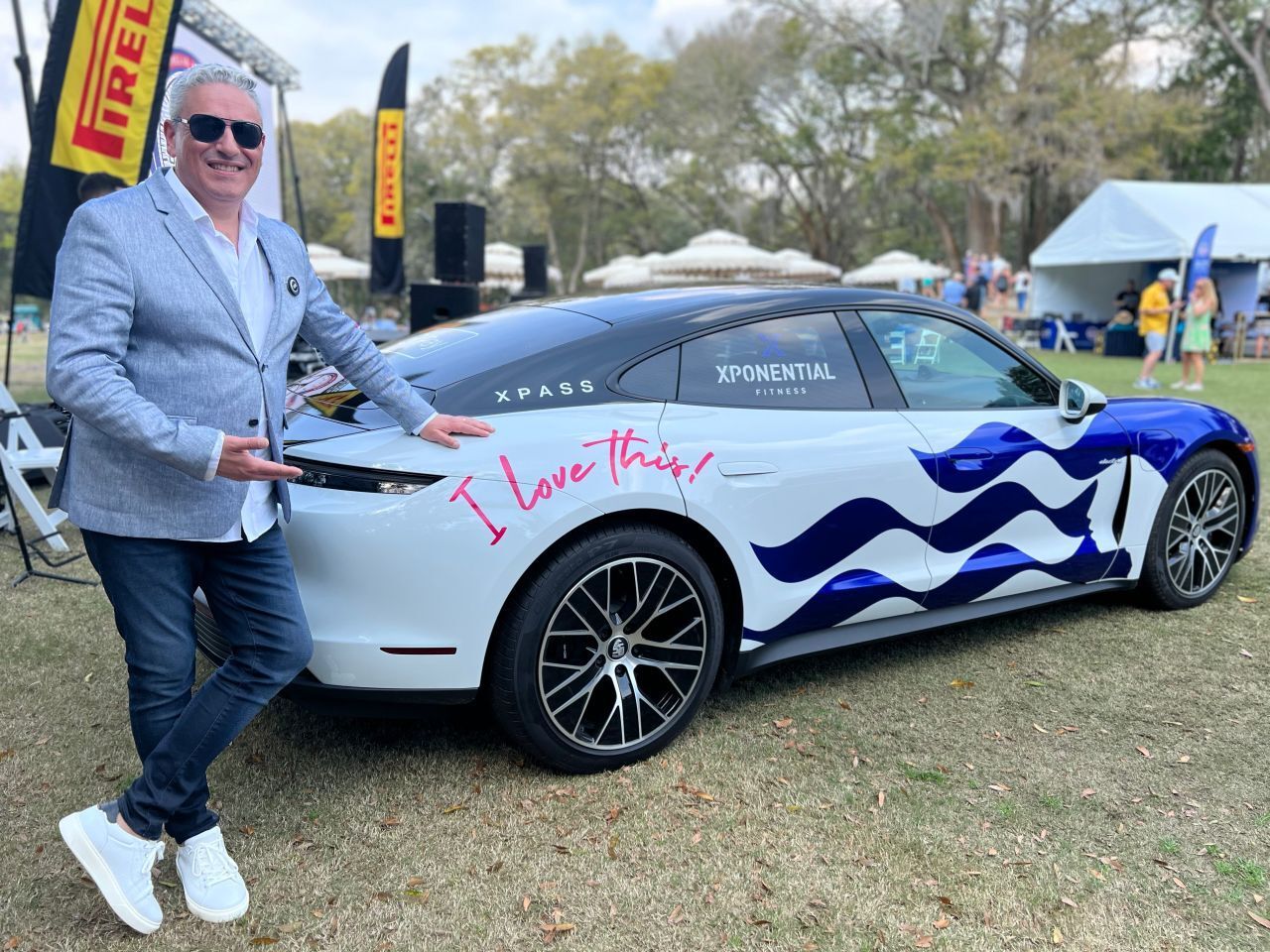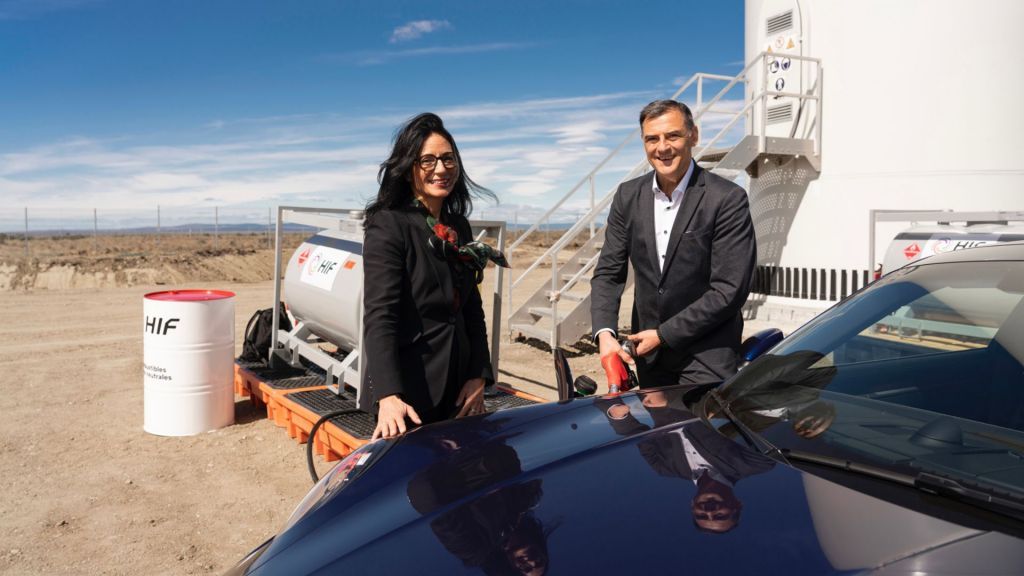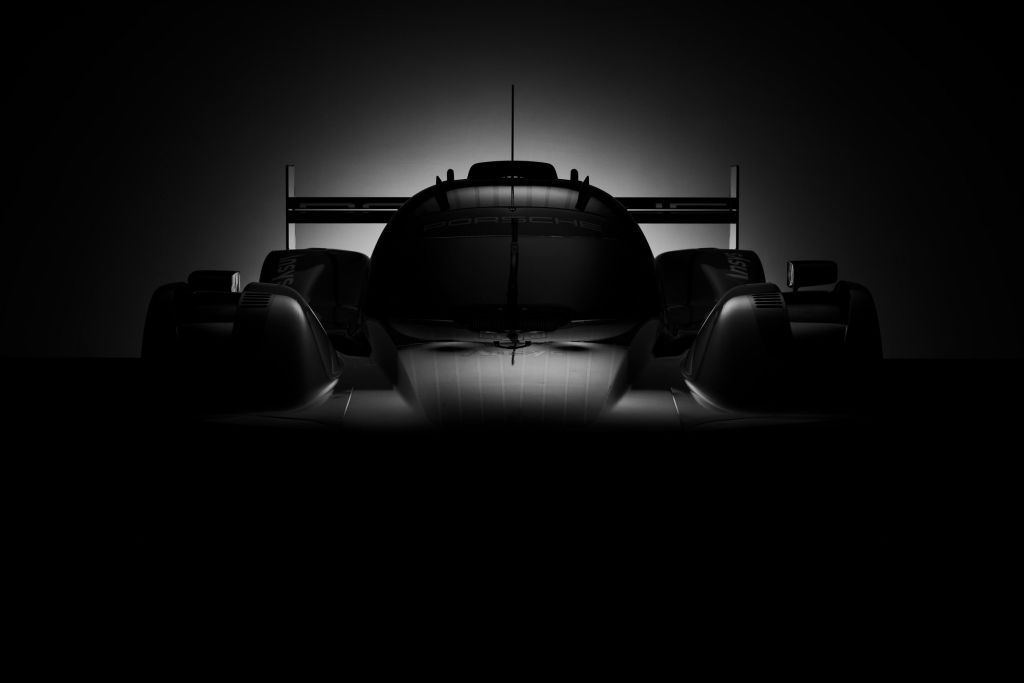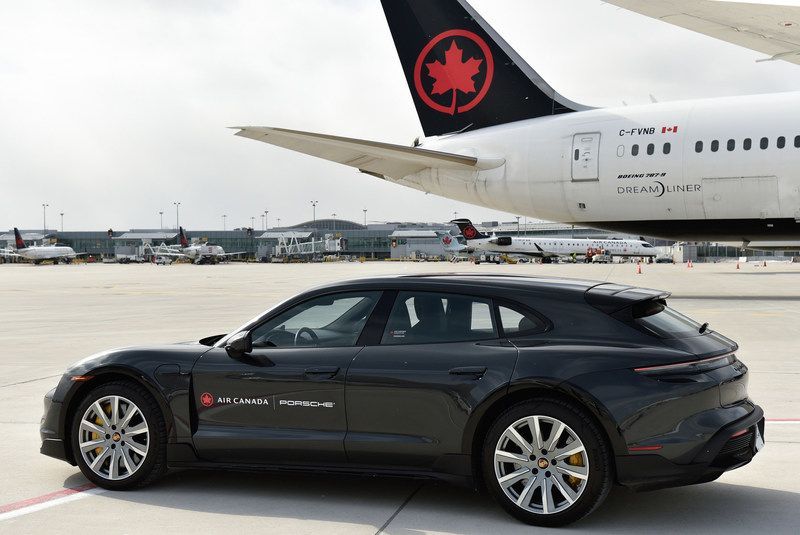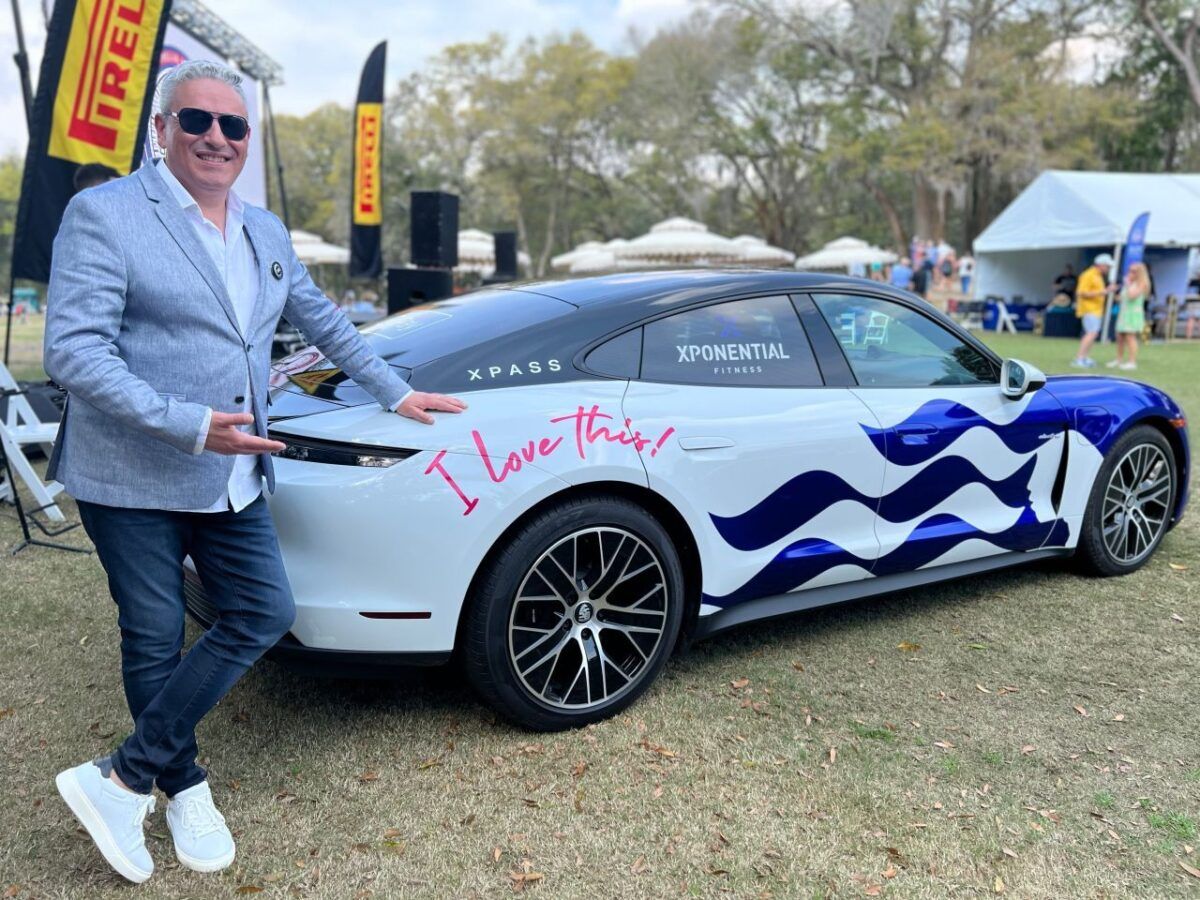Porsche has a history of using innovative concept cars to set the stage for the future, and they aim to continue this tradition with their new Porsche concept study: Mission X.
Porsche Mission X is an impressive reimagining of a hypercar, featuring Le Mans-style doors that open in an upward motion towards the front, as well as a high-performance and efficient electric powertrain.
On June 8, 2023, the Mission X made its debut as a stunning two-seater car, coinciding with the opening of the ‘75 Years of Porsche Sports Cars’ exhibit at the Porsche Museum in Stuttgart-Zuffenhausen. This date holds special significance as 75 years earlier, on the same day, the 356 ‘No.1’ Roadster received its permit, becoming the first car under the Porsche name. This momentous occasion marked the birth of the Porsche sports car brand.
“The Porsche Mission X is a technology beacon for the sports car of the future. It picks up the torch of iconic sports cars of decades past: like the 959, the Carrera GT and the 918 Spyder before it, the Mission X provides a critical impetus for the evolutionary development of future vehicle concepts,” said Oliver Blume, Chairman of the Executive Board of Porsche AG.
“Daring to dream and dream cars are two sides of the same coin for us: Porsche has only remained Porsche by constantly changing.”
Michael Mauer, Head of Style Porsche, said: “The Mission X is a clear commitment to the core of the brand. The continuing, enhanced expression of our brand and product identity is an important compass for us to navigate the development of our series-production models. The concept study symbolises a symbiosis of unmistakable motorsport DNA with a luxurious overall impression.”
Measuring approximately 4.5 metres long and two metres wide, the Mission X concept study is a relatively compact hypercar. With a wheelbase of 2.73 metres, it has the dimensions of the Carrera GT and 918 Spyder. For aerodynamic purposes, the concept car has mixed-size tyres, with 20-inch wheels at the front and 21-inch wheels at the rear.
The Mission X concept car showcases the ultimate in modern luxury and high performance. Despite its significant power, the car’s sleek design and gentle curves make for a less aggressive appearance. The exterior is finished in a bespoke Rocket Metallic hue, while carbon-weave finishes line the lower parts of the bodywork. These elements retain their distinctive texture, but are also coloured in a satin finish. The rear wheels have aeroblades that are turbine-inspired, improving brake cooling.
An ultra-light glass dome covers the occupants and boasts a carbon-fibre exoskeleton. The doors open upwards and forwards, reminiscent of the iconic Porsche 917 racing car. Furthermore, the headlights of the Mission X have been designed with inspiration drawn from the Porsche 906 and 908 racing cars, where the characteristic four-point graphic is reinterpreted with a vertical base form of the headlights which extends downwards to achieve a confident statement, with LED light modules framed in a high-tech support structure that displays the narrow elements of daytime running lights and turning indicators.
The rear of the Mission X showcases a striking, floating full-length light unit that catches the eye. Porsche’s transparent, illuminated lettering stands out, adding to its allure. The sculptural rear light, seemingly suspended in the air, boasts a contemporary support structure and spans the entire width of the vehicle in four distinct segments. During charging, the ‘E’ in the Porsche lettering pulsates, enhancing its enigmatic appeal.
A notable feature on the Mission X is the updated Porsche crest, making its debut. This modernized version exhibits brushed precious metal, a three-dimensional honeycomb structure, a refreshed heraldic beast, and subtle gold accents upon closer examination. The refined crest, executed with cleaner lines and a more advanced design, effectively conveys the essence of Porsche. It adorns the bonnet, steering wheel, and appears in a monochrome form on the wheel centers of the Mission X.
Top marks in power-to-weight ratio, downforce and charging performance
Porsche exemplifies e-performance yet is also a pioneer in sustainable mobility. The concept study meets both objectives in full measure. The visions: if the Mission X goes into series production, then it should
- be the fastest road-legal vehicle around the Nürburgring Nordschleife;
- have a power-to-weight ratio of roughly one PS per kilogram;
- achieve downforce values that are well in excess of those delivered by the current 911 GT3 RS;
- offer significantly improved charging performance with its 900-volt system architecture and charge roughly twice as quickly as Porsche’s current frontrunner, the Taycan Turbo S.
The battery is installed centrally behind the vehicle’s seats. This ‘e-core layout’ centres the mass in the car. As with a conventionally powered mid-engined car, this provides the basis for excellent agility.
Nürburgring Speed Records
The fastest series-production car of its time; first series-production Porsche to be made of carbon fibre, and the first road-legal vehicle to beat the seven-minute mark on the Nürburgring Nordschleife – the Porsche 959 (1985), Carrera GT (2003) and 918 Spyder (2013) were milestone models in the world of super sports cars. And that makes them the conceptual forerunners of the Mission X.
Porsche hybrid technology reached a spectacular zenith with the 918 Spyder. In September 2013, the 652 kW (887 PS) two-seater was the first road-approved vehicle to crack the seven-minute barrier on the Nürburgring’s 20.6-kilometre Nordschleife, completing the lap in 6:57 minutes. Porsche aims to stay true to this standard of the highest e-performance. The vision, should the Mission X go into series production, is for it to be the fastest road-legal vehicle on the Nürburgring Nordschleife.

